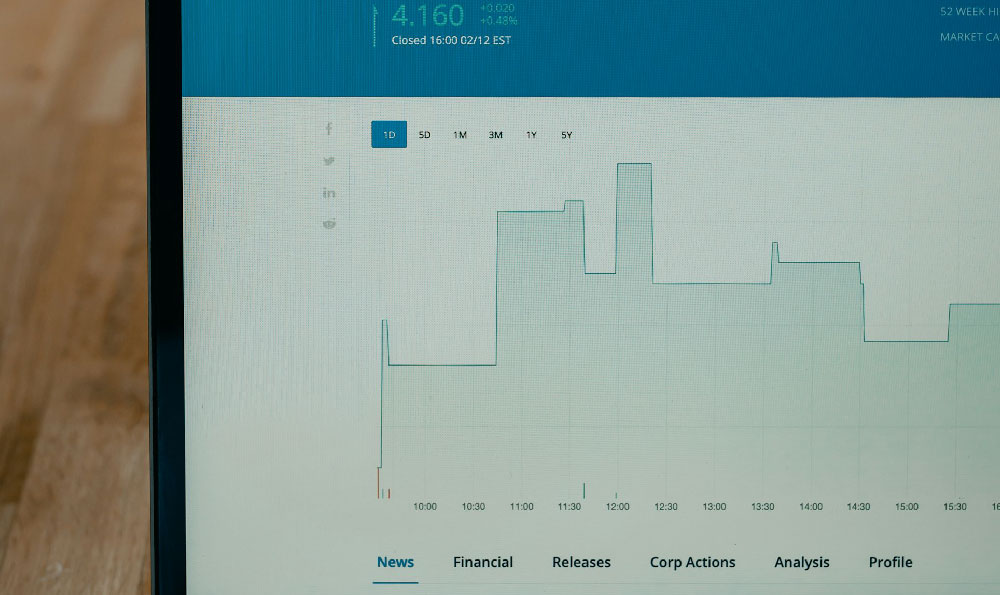Pinterest, often viewed as a visual discovery engine for DIY projects, recipes, and home decor inspiration, has quietly evolved into a viable platform for generating income. While it might not be the first platform that springs to mind when thinking about online monetization, Pinterest's unique blend of visual appeal, search functionality, and user intent makes it a surprisingly effective tool for entrepreneurs, creators, and marketers. The key lies in understanding how Pinterest differs from other social media platforms and leveraging its strengths to drive traffic, build brand awareness, and ultimately, convert clicks into cash.
The potential to make money on Pinterest stems from its distinct user behavior. Unlike social media platforms where users primarily connect with friends and family, Pinterest users are actively seeking ideas, inspiration, and solutions to their problems. They're in a discovery mindset, actively searching for products, services, and information that can improve their lives. This intent-driven behavior creates a receptive audience for businesses and creators who can provide valuable content that aligns with their interests.
Several avenues exist for monetizing a Pinterest presence. One of the most straightforward methods is through affiliate marketing. By creating visually appealing pins that link to products on affiliate networks like Amazon Associates, ShareASale, or Commission Junction, you can earn a commission on every sale generated through your pins. The key to success with affiliate marketing on Pinterest lies in choosing products that are relevant to your target audience and creating high-quality pins that showcase the product's benefits and features. Compelling imagery, clear calls to action, and strategic keyword optimization are crucial for driving clicks and conversions.

Another popular approach is to drive traffic to your own website or blog. Pinterest can be a powerful tool for increasing website traffic, which can then be monetized through various means, such as advertising, selling digital products, or offering online courses. Creating informative and engaging blog posts that address common questions or provide valuable tips can attract a targeted audience to your website. Then, linking these blog posts to visually appealing pins can significantly increase traffic. Consistency is key. Regularly creating and pinning fresh content keeps your audience engaged and signals to the Pinterest algorithm that your account is active and relevant.
For businesses selling physical products, Pinterest offers a direct sales channel through product pins. These pins allow you to showcase your products directly on the platform, providing users with pricing information and a direct link to your online store. Product pins are especially effective for visually appealing products like clothing, jewelry, home decor, and crafts. Optimizing product descriptions with relevant keywords and using high-quality product photos are essential for attracting potential buyers. Consider using Pinterest's shopping features, such as catalogs and dynamic retargeting, to enhance the shopping experience and drive sales.
Creators can also leverage Pinterest to promote their digital products, such as ebooks, templates, or online courses. Creating visually appealing mockups and showcasing the value proposition of your digital products can attract potential customers. Pinning testimonials and reviews can further build trust and credibility, increasing the likelihood of conversions. Just like with physical products, clear calls to action and strategic keyword optimization are crucial for driving sales.
Beyond direct sales and affiliate marketing, Pinterest can be used to build brand awareness and establish thought leadership. By creating and sharing valuable content that aligns with your brand's mission and values, you can attract a loyal following of engaged users. This can lead to increased brand recognition, customer loyalty, and ultimately, long-term profitability. Consistent branding across your pins and profile helps to create a cohesive brand identity and reinforces your message.
However, success on Pinterest requires more than just creating beautiful pins. A strategic approach is essential. Understanding your target audience, conducting keyword research, and analyzing your performance are crucial for optimizing your Pinterest strategy. Pinterest Analytics provides valuable insights into which pins are performing well, which keywords are driving the most traffic, and who your target audience is. Use this data to refine your strategy and focus on creating content that resonates with your audience.
Keyword research is paramount. Pinterest is a visual search engine, so understanding the keywords that your target audience is using to find information is crucial for creating effective pins. Use Pinterest's search bar and suggested keywords to identify popular search terms related to your niche. Incorporate these keywords into your pin titles, descriptions, and hashtags to improve your pin's visibility in search results.
Furthermore, consistent engagement is important for growing your Pinterest presence. Regularly pinning fresh content, engaging with your followers, and participating in relevant group boards can help to increase your reach and build your community. Joining relevant group boards allows you to share your pins with a larger audience and connect with other creators in your niche. Actively participating in group boards by repinning content from other members can further increase your visibility and build relationships.
While the potential for profit on Pinterest is undeniable, it's important to approach it as a long-term strategy. Building a successful Pinterest presence takes time and effort. Don't expect to see overnight results. Focus on creating high-quality content, engaging with your audience, and consistently optimizing your strategy. With patience, persistence, and a strategic approach, Pinterest can be a valuable tool for generating income, building brand awareness, and achieving your financial goals. Remember that providing value to your audience is paramount. Focus on creating content that is informative, engaging, and visually appealing. By providing value, you'll attract a loyal following of engaged users who are more likely to convert into customers.












